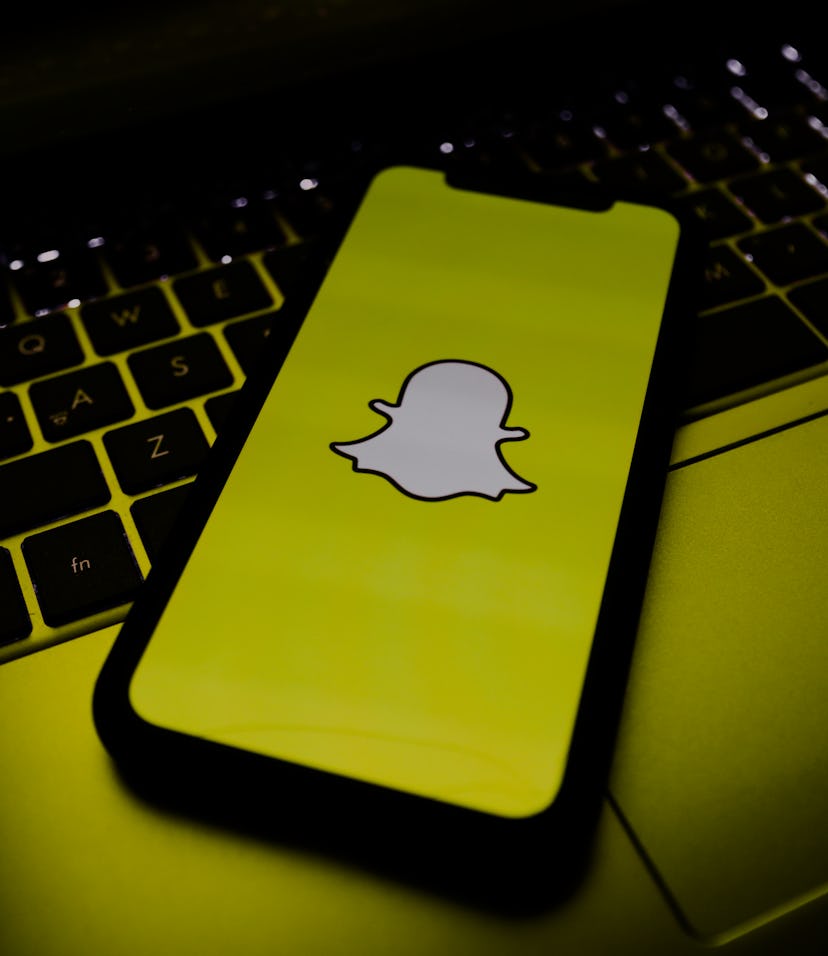Ghosted
Snapchat creators are ditching it for other platforms as payments slow
The company committed to giving out $1 million per day to creators who became popular in its Spotlight section. The promise lasted only through 2020.

Popular creators on Snapchat are starting to move to other platforms as they see payments from the company start to dwindle. That’s according to CNBC, which interviewed creators following a change to Snapchat’s payments program.
In order to encourage adoption of its TikTok-like section, called Spotlight, last year Snap said it would award $1 million per day split up among creators who made videos that went viral. But that promise lasted only through 2020, and back in May the company said it would change its incentive structure to pay out “millions” per month, without specifying how much.
Spigot closed — Obviously, it could be less than the roughly $30 million per month the company was hypothetically paying before. And creators who spoke to CNBC say that payments have dwindled. Whereas a creator might have received tens of thousands of dollars from Snap previously after dropping a viral video, some creators say they’re no longer seeing much of anything. It’s also random — whereas before they could reliably expect to get paid for a popular video, today it seems more like a random lottery.
“It’s sad because I worked really hard every day putting the hours in, but they haven’t paid me,” said Joseph Melles, a creator who once posted as many as 100 videos to Spotlight per day. He stopped posting videos on Snapchat and moved to YouTube, which has a formal advertising program, and which recently followed in Snap’s footsteps with an award program for users who try Shorts, its own clone to TikTok for short-form videos.
Attention economy — The short-form, snackable nature of TikTok makes it easy for users to scroll through vast sums of content and quickly move on to the next thing if they don’t like a particular video. Because users view so many videos, TikTok gets a ton of data with which it can improve its algorithm, one which users have said is freakishly good at honing in on their interests. Consequently, TikTok sees heavy usage among younger demographics, and that has led Facebook, YouTube, and others to try and copy its format.
Just about all of these platforms are offering direct payments to users in order to boost adoption. The idea is that, eventually, they’ll create formal systems for paying out creators, akin to YouTube Adsense where creators make money from the advertisements against their videos based on views and advertising rates. Right now the platforms are opaque about how they decide payments on their short-form video products, as most of them don’t feature advertisements. But if a user creating Shorts for YouTube is popular, that means the user is keeping people on its platform where the company can make advertising money off them. Someday there’s an expectation that Shorts would have ads.
Everything to everyone — Snapchat is more of a private communication app than an entertainment platform, but videos are something that can be shared with a friend and keep them engaged. And any time spent in TikTok is less time potentially spent in Snapchat. It remains to be seen whether short-form video will take off on every platform that’s now offering it, however. Different platforms have their strong suits. YouTube, for instance, is a destination people visit to watch clips from their favorite shows. But tech companies need to show growth, so they’ll throw in features from competitors to get it.
In a recent earnings call, Snap said daily time spent on Spotlight great more than 60 percent in the first quarter, and that’s just in the U.S. Maybe it doesn’t even need to court creators at all. The company in the second quarter of 2021 saw its fastest user growth ever.